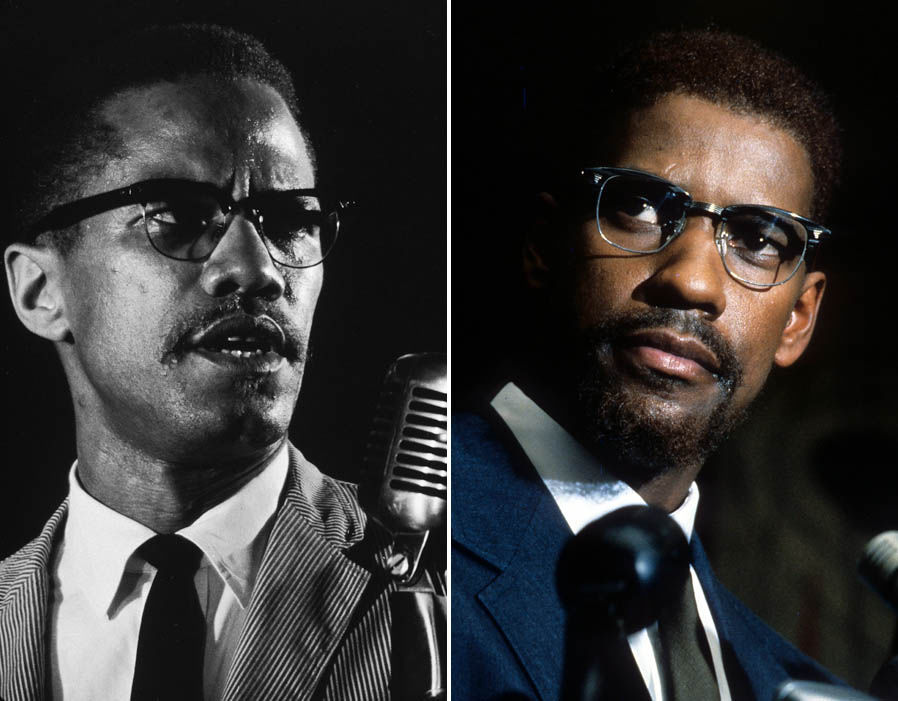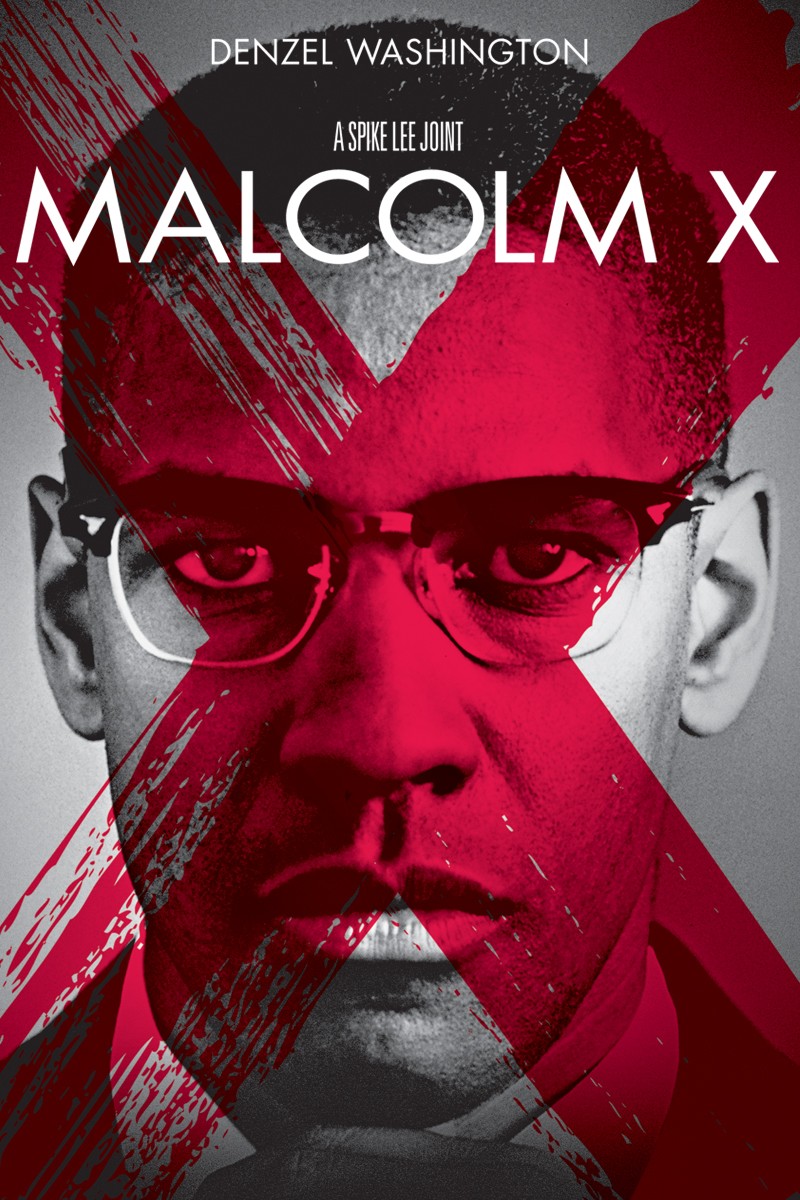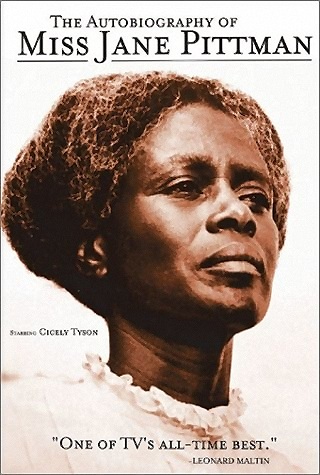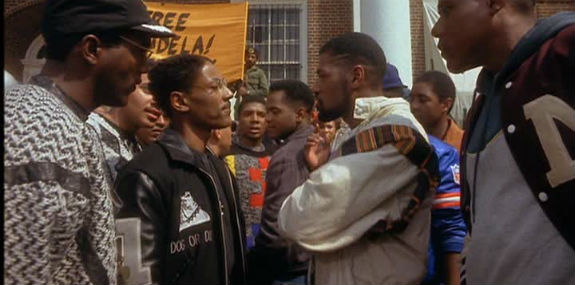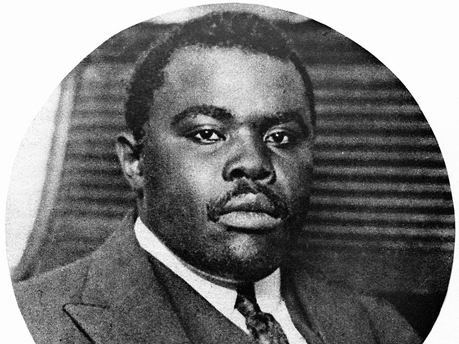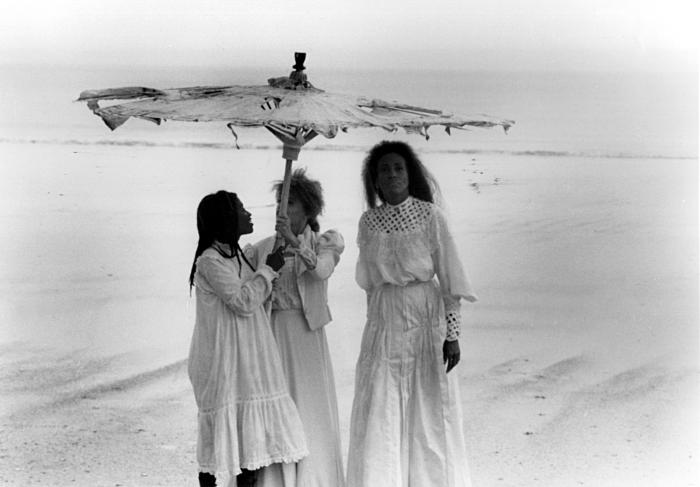The art of storytelling through cinema has become one of the most moving ways a perspective can be shared. It is also known that Black people have had an interesting legacy in America since our arrival. While some Black History Month narratives are told over and over again, some are harder to get a hold of. It is important to always be well equipped with cinematic masterpieces that accurately depict the toil and triumph of the Black experience. Check out five must watch movies to celebrate Black History Month below to get started.
1- Malcolm X
Spike Lee told the story of Malcolm X’s life through Denzel Washington in 1992 and created one of the most memorable biopics in the history of cinema. The tribute to America’s most controversial man raked in $48.2 million at the box office when it premiered. More importantly, it shined light on the struggles of being young, Black, and revolutionary. X’s rough upbringing in the mid 1920’s showed how dangerous and unpredictable life was for Black people post-slavery. The movie chronicled the famed orator’s life up until his assassination in 1965. If Malcolm X’s legacy isn’t enough to make you want to watch one of Black History’s most treasured stories, let Spike Lee’s immaculate directing pull you in for a trip through X’s astonishing life told 27 years later.
2- The Autobiography of Miss Jane Pittman
The perspective of Black women in America is seldom told in the light of Miss Jane Pittman. Even though the character, based on the original novel by Ernest J. Gaines, was not real, the events and experiences of Pittman’s life were very accurate. The movie starred famed actress Cicely Tyson, who eloquently portrayed the book’s character. The Autobiography of Miss Jane Pittman is classified as historical fiction, showing the life a woman who went from being born into slavery who lived to become part of the Civil Rights Movement. Although fictional, Miss Jane Pittman’s story shined light on Black women in the deep south who were willing to put their safety on the back burner to display their independence from racial injustice.
3- School Daze
Before integration, Black students were only allowed to attend Black colleges and universities. These schools that started their legacy this way are known to have a special place in the Black community. Spike Lee shined light on what it’s like to go to an HBCU in his 1988 movie, School Daze. The movie touched on many subjects prevalent in the Black community like economic literacy, colorism, and the pressure of being young, Black and educated. School Daze is a must watch for those who want to see how Black baby boomers dealt with the educational opportunities manifested by the Civil Rights movement. Students portrayed by Lawrence Fishburne, Spike Lee, Tisha Campbell-Martin and more show 20-somethings who are trying to find their identity at an HBCU while dealing with societal pressures and relationships.
4- Marcus Garvey: Look For Me In The Whirlwind
Little is spoken about Marcus Garvey outside of African American academia. The Jamaican born political leader, publisher, journalist, entrepreneur, and orator spearheaded one of the most revolutionary movements in the history of America. He is most notably recognized for founding The Black Star Line, an initiative to get Black people to return to their ancestral lands. With such a powerful vision and the determination to make a change, Garvey was misunderstood by most. However, he boasted a dedicated following of individuals who looked up to him for his outlook on economic growth and pan-African philosophies. Marcus Garvey: Look For Me In The Whirlwind is an award-winning depiction of one of America’s most prolific game-changers in race relations.
5- Daughters of the Dust
Not only is Daughters of the Dust an historical depiction of blended African and American culture, it is existing Black history. In 1991 its director Julie Dash became the first Black woman to direct a movie that was distributed to theaters in the United States. The story of South Carolina’s Gullah culture, framed in 1902, sparked a wave of interest and discovery in America’s existing African cultures. The movie showed three generations of women who were seeking new opportunities by migrating to the North. Daughters of The Dust is as raw as movies depicting Black History can get. So much so, the Library of Congress donned it “culturally, historically, & aesthetically significant” in 2004 and preserved it in the United States National Film Registry.
